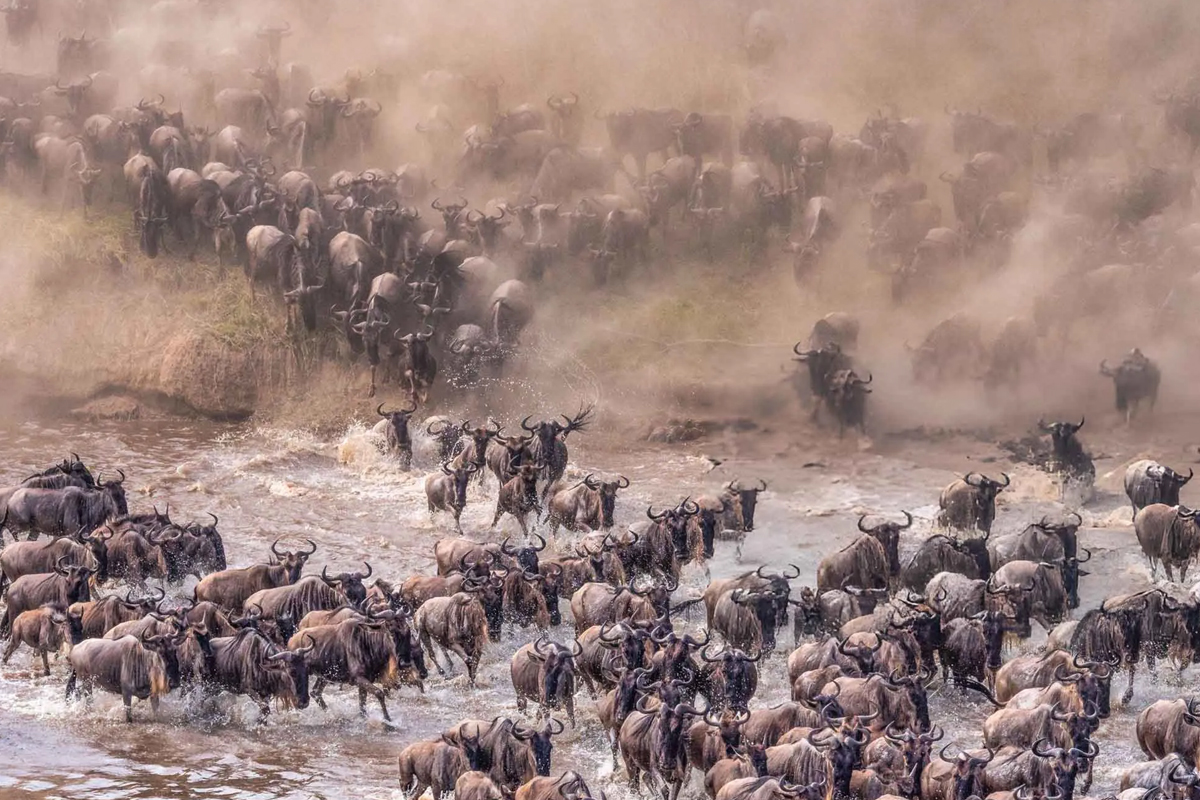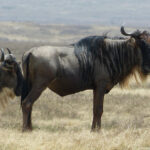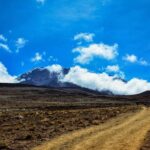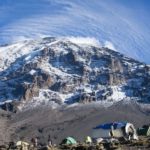Tanzania Wildebeest Migration 2024
The iconic wildebeest migration, one of the world’s most breathtaking natural events, has reached its peak this week in Tanzania, drawing travelers from around the globe. Each year, millions of wildebeests, zebras, and other grazing animals journey across the Serengeti in a grand circuit through Tanzania and Kenya, following the rains in search of fresh grass. This week’s spectacle marks a critical point in the migration, as vast herds navigate Tanzania’s landscapes, making it an unforgettable highlight for safari enthusiasts in 2024.
1. The Grand Migration: A Natural Wonder
The wildebeest migration is one of the most extraordinary sights in the natural world. With approximately 1.5 million wildebeests, 200,000 zebras, and countless other animals participating, the journey is fraught with obstacles, from crossing predator-infested rivers to avoiding the claws and jaws of big cats and crocodiles. This seasonal migration is not just a visual feast but a testament to the survival instincts of these animals.
2. Why This Week is Special for the Migration
As 2024 unfolds, weather patterns and rainfalls have timed this week as a critical moment in the migration cycle. In early November, the herds are typically moving through the northern Serengeti, crossing rivers such as the Mara and Grumeti. With abundant food and water sources, this week sees the wildebeests gathering in massive numbers, creating awe-inspiring views and providing the best opportunity for travelers to witness dramatic river crossings.
3. Key Spots to Witness the Migration
For the best safari experiences, there are several strategic spots within Tanzania’s Serengeti where travelers can catch the migration at its most intense:
- Mara River: Known for exhilarating river crossings, the Mara River is a prime location to see wildebeests braving the waters while avoiding crocodiles.
- Grumeti River: Another hotspot for crossings, the Grumeti River sees a high number of wildebeests, especially in the early parts of November.
- Lobo Valley: Located in the northern Serengeti, the Lobo Valley offers expansive views where travelers can witness herds grazing and predators on the prowl.
4. A Closer Look at the Wildebeest Migration Experience
During peak migration times, safari-goers can witness a wide range of behaviors and activities. From playful interactions among herds to life-and-death chases between predators and prey, each moment captures the raw beauty of the African wilderness. Tour guides often offer expert insights into the migration’s dynamics, helping visitors understand the complexities of this massive wildlife event.
5. Unique Challenges of the 2024 Migration
The migration in 2024 has encountered unique environmental conditions, from fluctuating water levels in the Mara River due to climate variations to shifting grassland availability. These changes have affected animal movement patterns and condensed the migration into shorter, intense intervals, making sightings all the more spectacular but less predictable. Conservationists are closely observing these changes to understand their potential impact on the long-term health of the Serengeti ecosystem.
6. How the Migration Impacts Tanzania’s Tourism Industry
The wildebeest migration is a significant draw for Tanzania’s tourism industry, contributing millions to the country’s economy. This week’s peak attracts thousands of visitors, filling camps, lodges, and safari vehicles. Many tour operators offer specialized packages to witness the migration, providing visitors with close-up views while adhering to strict conservation guidelines. The popularity of the migration highlights the importance of sustainable tourism practices to protect these wildlife habitats.
7. Preparing for a Migration Safari
For those planning a safari, timing and preparation are key. Since this week marks the migration peak, early bookings are essential to secure accommodation near the main crossing points. Many safari camps and lodges offer amenities specifically designed for migration viewing, including riverfront tents and sunrise or sunset game drives. Proper gear, such as binoculars, weather-appropriate clothing, and high-quality cameras, can enhance the experience, allowing travelers to capture and enjoy the migration’s grandeur fully.
8. Sustainable Tourism and Conservation Efforts
With Tanzania’s national parks and reserves committed to conservation, sustainable tourism has become essential. Park authorities limit the number of vehicles at key viewing points to minimize disturbances to the animals. Additionally, eco-friendly lodges and camps have adopted sustainable practices, including waste reduction and using renewable energy, to preserve the Serengeti’s pristine landscapes for future generations.
9. Best Travel Tips for Witnessing the Migration Peak
To make the most of this experience, here are a few travel tips for safari-goers during migration week:
- Book Early: Secure accommodations and guided tours well in advance to ensure prime viewing locations.
- Bring Essential Gear: High-powered binoculars, cameras with telephoto lenses, and protective clothing against sun and dust are essential.
- Go with a Knowledgeable Guide: Experienced guides can locate the best viewing spots, explain animal behaviors, and enhance the overall experience.
- Be Patient: The migration is unpredictable, and some waiting may be required to witness significant crossings.
10. What Makes 2024’s Migration Unique
Each year brings its nuances to the migration, with 2024 witnessing notable shifts in timing and animal movement patterns. These changes, shaped by rainfall, climate shifts, and ecological factors, make this year’s migration particularly intriguing for researchers and wildlife enthusiasts alike. Tanzania’s efforts in conservation and sustainable tourism ensure that this awe-inspiring event remains accessible for future generations while maintaining a delicate balance within the ecosystem.
The wildebeest migration, peaking in Tanzania’s Serengeti this week, offers a window into one of nature’s most spectacular events. For 2024, the migration highlights Tanzania’s dedication to both preserving wildlife and supporting sustainable tourism. This unforgettable experience provides travelers with a rare opportunity to connect with the raw beauty of Africa, making it a must-see event that reflects the profound resilience and splendor of the Serengeti.
FAQs
1. When is the best time to witness the wildebeest migration in Tanzania?
The migration can be seen at different stages throughout the year, but peak crossings typically occur from July to November, with early November being ideal for river crossings.
2. How does climate change affect the migration?
Climate change impacts the timing and availability of water and grazing resources, leading to shifts in the animals’ movement patterns.
3. What is the best place to stay during the migration peak?
Lodges and camps near the Mara and Grumeti rivers, as well as Lobo Valley, offer excellent access to migration viewing points.
4. Can the migration be seen outside Tanzania?
Yes, the migration also passes through Kenya’s Maasai Mara, especially from July to October, but it is predominantly in Tanzania’s Serengeti.
5. How can I make my safari more eco-friendly?
Choose lodges with eco-friendly practices, minimize waste, and respect wildlife by following the guidance of conservation-minded tour operators.
Embark on Your Tanzanian Adventure!
Explore our pages to discover:
- Climbing Mount Kilimanjaro
- Kilimanjaro Climb Packing List
- Top Kilimanjaro FAQs
- Cultural Tours Across Tanzania
- Exciting Day Trip Tours
- Lake Manyara National Park
- Ngorongoro Crater
Begin planning your unforgettable journey with us on our website!












